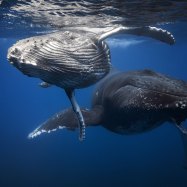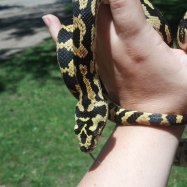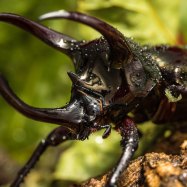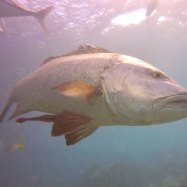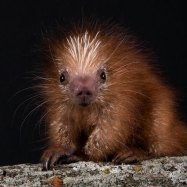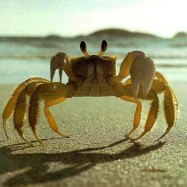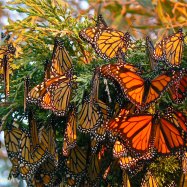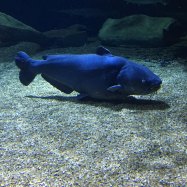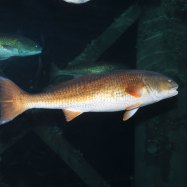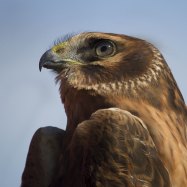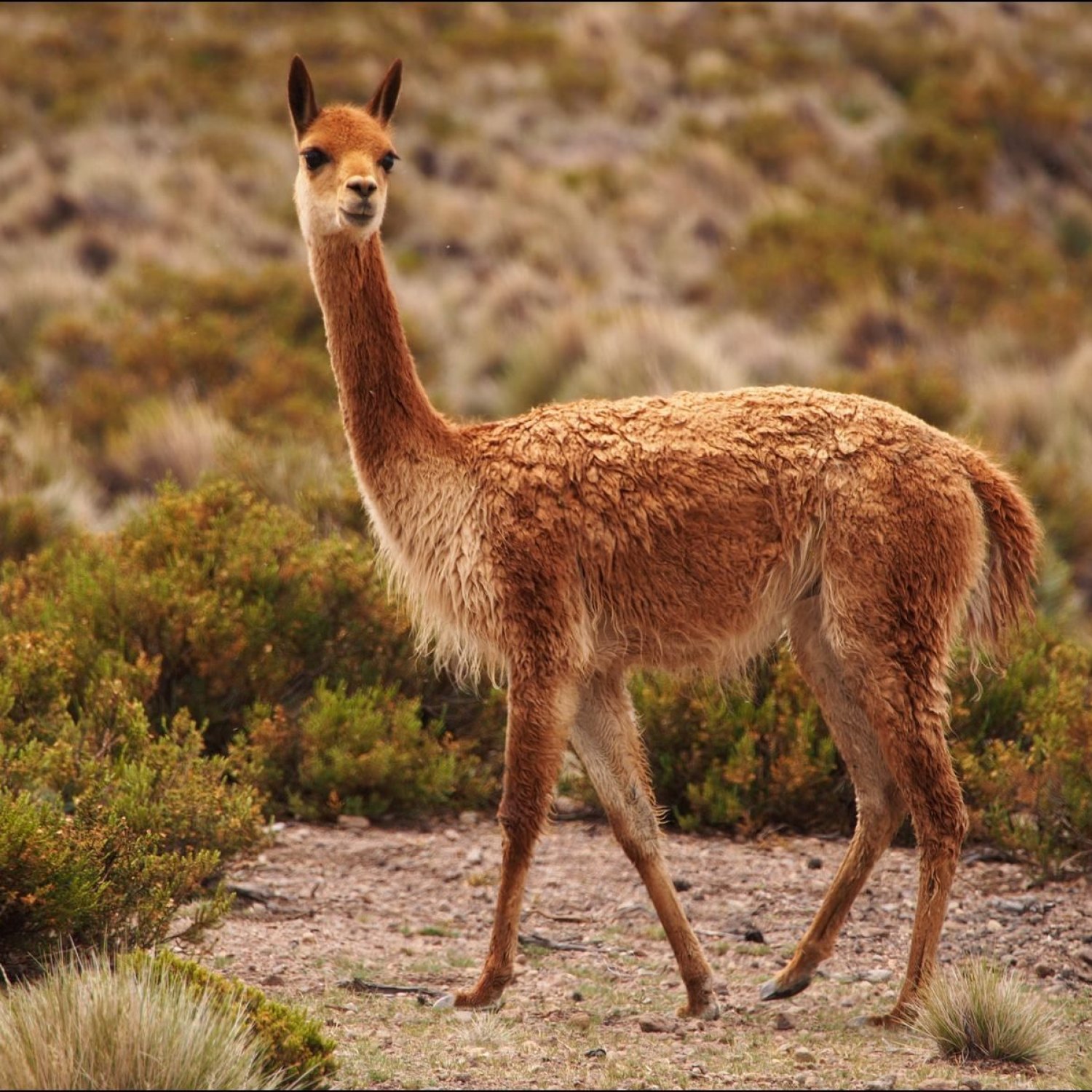
Vicuña
1.2 to 1.8 meters
Discover the beauty of the Andes with the majestic Vicuña. This elegant animal, part of the Camelidae family, can range from 1.2 to 1.8 meters in length. Its slender and agile body shape makes it perfectly adapted to the mountainous terrain. Add this charming species to your list of must-see animals in the Andes Mountains. #Vicuña #Andes #Camelidae
Animal Details Summary:
Common Name: Vicuña
Kingdom: Animalia
Habitat: High Andean plateaus and mountains
The Graceful Vicuña: A Dazzling Treasure of the Andean Mountains
The high Andean plateaus and mountains are home to a creature that has captured the hearts of many with its grace, beauty, and remarkable survival instincts – the Vicuña. Scientifically known as Vicugna vicugna, this exquisite animal is a member of the Camelidae family and can be found in South America, specifically in Peru, where it is the national animal.With its slender and agile body, elegant beige fur, and curious demeanor, the Vicuña has become a symbol of the Andean culture and a great source of pride for the Peruvian people. But beyond its stunning appearance, there is so much more to this remarkable creature that makes it a true treasure of the Andean Mountains Vicuña.
The Vicuña's Habitat and Distribution
The Vicuña is native to the South American Andes, where it inhabits high-altitude regions, ranging from 3,500 to 5,500 meters above sea level. This makes it one of the highest living mammal species in the world, adapted to life in the thin, cold air of the mountains.Within its geographical distribution, which includes Argentina, Bolivia, Chile, and of course, Peru, the Vicuña is known to be quite picky about its habitat. It prefers to live in rocky and gravelly areas with sparse vegetation, where it can easily spot potential threats and predators.
This animal's selective nature when it comes to habitat is a survival mechanism, as it allows them to maintain a safe distance from their natural predators, such as cougars and foxes. However, despite this careful selection, the Vicuña's habitat is unfortunately under threat due to human activities, including mining and livestock grazing.
The Vicuña's Diet and Feeding Methods
The Vicuña is a strict herbivore, meaning it consumes only plants as a source of nourishment. Its diet mainly consists of grasses and other plants with high water content, which are readily available in its high-altitude habitat.In the wild, the Vicuña has a unique way of feeding, known as "crepuscular grazing Valley Bulldog." This feeding method involves active grazing during the twilight hours, mainly at dusk and dawn. Being active during these periods of low light allows the Vicuña to avoid overheating in the day and stay warm in the cold Andean nights.
This feeding routine also helps the Vicuña avoid competition with other herbivores, as most of them are not active during these times. Additionally, by consuming plants at their peak nutritional value, the Vicuña gets all the nutrients it needs to survive in its challenging habitat.
The Vicuña's Physical Characteristics
The Vicuña's slender and agile body, measuring between 1.2 to 1.8 meters in length, is perfectly adapted to its high-altitude lifestyle. Its long, delicate legs allow it to navigate the rocky and uneven terrain of the Andean mountains with ease, making it an incredibly agile creature.This animal's coat is also a striking feature, with its light brown hue and white underparts. The coloration of the Vicuña's fur makes it less visible to its predators, as it blends in with the rocky landscape of its habitat. In addition, the fur has a soft and dense texture, providing excellent insulation against the cold climate of the Andean mountains.
The Vicuña's Importance to Andean Culture
Beyond its physical characteristics and impressive survival skills, the Vicuña holds great cultural significance in the Andean region, particularly in Peru. In Inca culture, the Vicuña was considered a sacred animal, as only royalty and nobles were allowed to wear the fine and soft Vicuña wool.Due to this exclusivity, the Vicuña was nearly hunted to extinction during the Spanish conquest. However, with strict conservation efforts and protection laws, its population has been steadily recovering, and it is no longer considered an endangered species.
The Vicuña's Contribution to the Textile Industry
The Vicuña's wool, known for its exceptional softness and warmth, is considered one of the finest natural fibers in the world. It is prized for its high quality and is often used in the production of luxury clothing items, such as scarves, shawls, and sweaters.Despite its high price tag, the demand for Vicuña wool continues to grow, mainly due to its rarity and exclusivity. In Peru, the Vicuña is shorn once every three years, with each animal producing only about 200 grams of wool, making it a highly sought-after commodity in the textile industry.
The Conservation of the Vicuña
Thanks to conservation efforts by various organizations and governments, the Vicuña's population has grown to over 300,000 individuals, with Peru having the largest population of about 215,000 animals.Various initiatives, including protected areas and sustainable use programs, have been implemented to ensure the survival of this majestic creature and its delicate habitat. The strict regulations surrounding the harvesting of Vicuña wool also play a significant role in its conservation, as it prevents over-harvesting and commercial exploitation of this species.
In Conclusion
The Vicuña is a remarkable animal that has managed to thrive in one of the most challenging habitats in the world. Its elegant appearance, unique survival techniques, and cultural significance make it a true treasure of the Andean Mountains.However, the Vicuña's future is still uncertain, with threats such as habitat loss and climate change looming over its survival. As humans, it is our responsibility to continue supporting conservation efforts and sustainable practices to ensure that this magnificent creature continues to roam freely in its high-altitude home for generations to come.

Vicuña
Animal Details Vicuña - Scientific Name: Vicugna vicugna
- Category: Animals V
- Scientific Name: Vicugna vicugna
- Common Name: Vicuña
- Kingdom: Animalia
- Phylum: Chordata
- Class: Mammalia
- Order: Artiodactyla
- Family: Camelidae
- Habitat: High Andean plateaus and mountains
- Feeding Method: Herbivore
- Geographical Distribution: South America
- Country of Origin: Peru
- Location: The Andes Mountains
- Animal Coloration: Light brown with white underparts
- Body Shape: Slender and agile
- Length: 1.2 to 1.8 meters
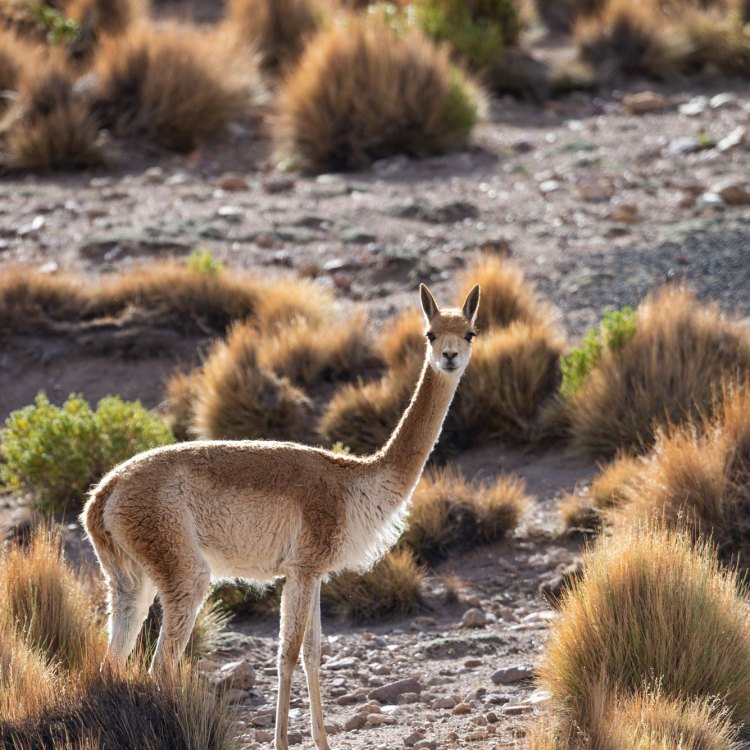
Vicuña
- Adult Size: Around 100 to 150 centimeters at the shoulder
- Average Lifespan: Up to 20 years
- Reproduction: Sexual
- Reproductive Behavior: Polygynous
- Sound or Call: Sharp alarm calls
- Migration Pattern: Migratory
- Social Groups: Herd
- Behavior: Social and relatively shy
- Threats: Habitat degradation, poaching
- Conservation Status: Least Concern
- Impact on Ecosystem: They play a role in maintaining the grassy ecosystems of the Andean highlands
- Human Use: Fiber for clothing
- Distinctive Features: Long, fine wool and a long neck
- Interesting Facts: They are the smallest members of the camel family
- Predator: Pumas, Andean foxes
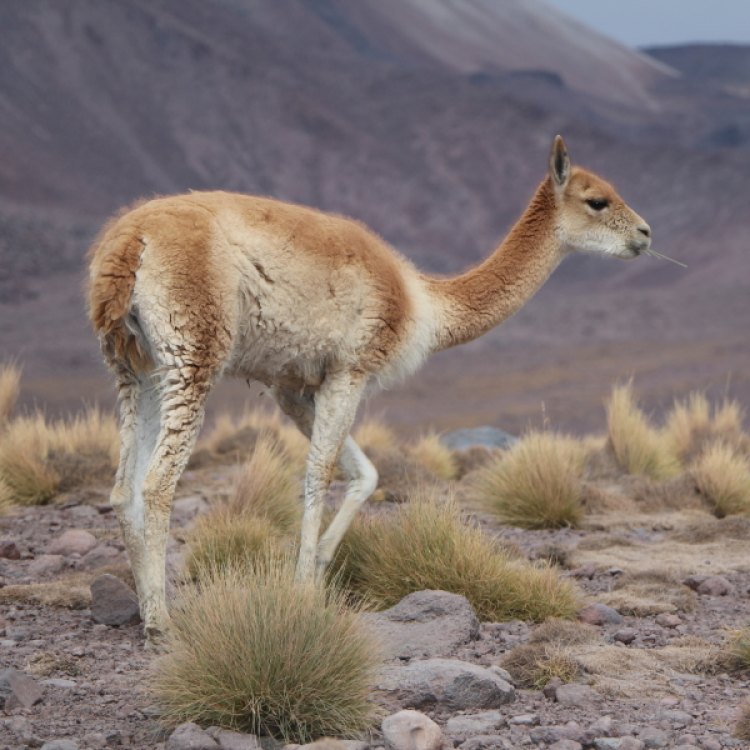
Vicugna vicugna
The Majestic Vicuña: Protecting the Smallest Member of the Camel Family and Its Unique Role in the Ecosystem
Nestled in the high-altitude grasslands of the Andes mountains, there is a majestic species that often goes unnoticed – the vicuña. With its delicate features and long, fine wool, the vicuña may be mistaken for a llama or alpaca at first glance. However, this small camelid has unique qualities and plays a crucial role in its ecosystem.Adult Vicuñas typically stand at around 100 to 150 centimeters at the shoulder, making them the smallest members of the camel family PeaceOfAnimals.Com. They have slender bodies and long, thin legs that are perfectly adapted for navigating their high-altitude habitats. Their large, expressive eyes and small, curved ears give them a gentle and curious appearance.
But despite their small size and gentle appearance, vicuñas possess remarkable survival skills. They have adapted to living in extreme conditions, including harsh winds, low-oxygen levels, and intense solar radiation. Their soft, dense fur protects them from the harsh climate, and their long neck allows them to reach vegetation on the ground and higher up in the mountains.
One of the most distinctive features of the vicuña is its long, fine wool, which is highly sought after for its quality and softness. This wool is not only a source of income for local communities, but it also has cultural and historical significance. In the past, only Incan royalty were allowed to wear vicuña wool, making it known as the "fibre of the gods."
However, the vicuña’s wool has also been its downfall Volcano Snail. In the 1960s, the species was on the brink of extinction due to poaching for its prized wool. At one point, it was estimated that only around 6,000 individuals remained in the wild. Fortunately, the governments of Peru and Chile established protected areas and implemented strict regulations to conserve the species. Today, the vicuña's population has increased to around 350,000, and its conservation status is listed as Least Concern.
Reproduction in vicuñas is sexual, with the breeding season occurring between January and March. During this time, males compete for females through vocal and physical displays. The dominant male, or "macho," will then mate with multiple females in a polygynous mating system. After a gestation period of about 11 months, a single offspring, called a "cria," is born.
From birth, vicuñas are highly social animals and form herds, or "chacus." These herds can range from a few individuals to hundreds, and they are typically led by a dominant male. Vicuñas are known for their sharp alarm calls, which they use to warn others in the herd of potential dangers.
One of the most interesting facts about vicuñas is their migration pattern. As the climate in the Andes changes throughout the year, the species must migrate to find suitable food sources. They travel long distances, sometimes up to 25 kilometers, between their summer and winter habitats.
But it's not just their migration that makes vicuñas so unique – they also play a crucial role in maintaining the grassy ecosystems of the Andean highlands. As grazers, they consume a variety of plants, dispersing seeds and controlling plant growth. This helps to maintain a balance in the ecosystem and prevent overgrazing by other species.
Unfortunately, despite the success of conservation efforts, vicuñas continue to face threats. Habitat degradation due to mining and agriculture, as well as illegal poaching for their valuable wool, are still prevalent in some areas. These threats not only affect vicuña populations, but they also have a significant impact on the delicate Andean ecosystem.
There is still much work to be done to ensure the long-term survival of the vicuña. Conservation organizations, such as the International Union for Conservation of Nature (IUCN), continue to monitor the species and work with local communities to promote sustainable use and protection of their habitats.
But it's not just about protecting the species for its intrinsic value – the conservation of vicuñas has a direct impact on human well-being. The sustainable use of vicuña wool provides a source of income for local communities and supports the livelihoods of thousands of people living in the Andean highlands.
In conclusion, the vicuña may be small in size, but it plays a significant role in maintaining the unique ecosystems of the Andean highlands. Its long, fine wool may be its most recognizable feature, but the species has so much more to offer. From its social and reproductive behavior to its migration patterns and impact on the ecosystem, the vicuña's existence is vital for the balance of nature. Let us continue to protect and appreciate this majestic species, the smallest member of the camel family.
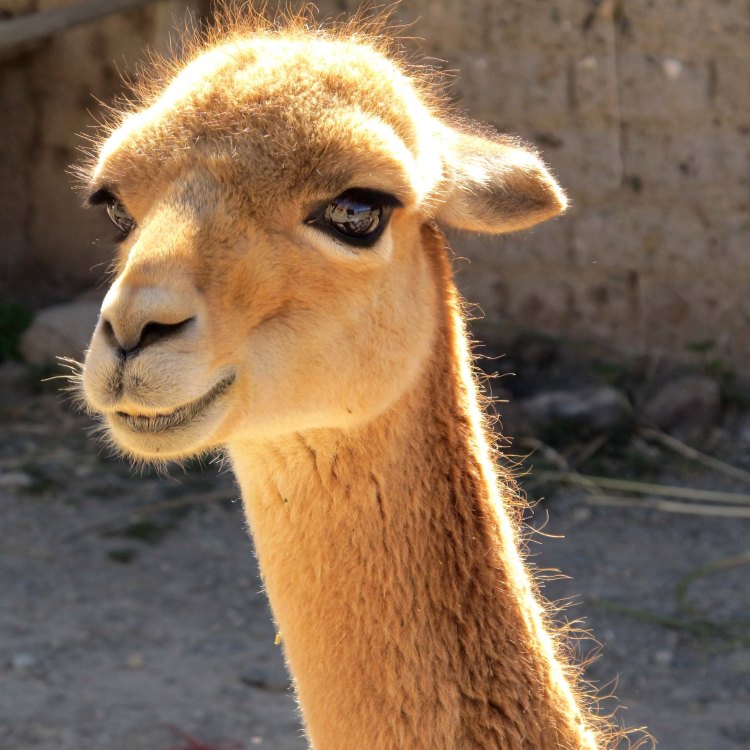
The Graceful Vicuña: A Dazzling Treasure of the Andean Mountains
Disclaimer: The content provided is for informational purposes only. We cannot guarantee the accuracy of the information on this page 100%. All information provided here may change without prior notice.

